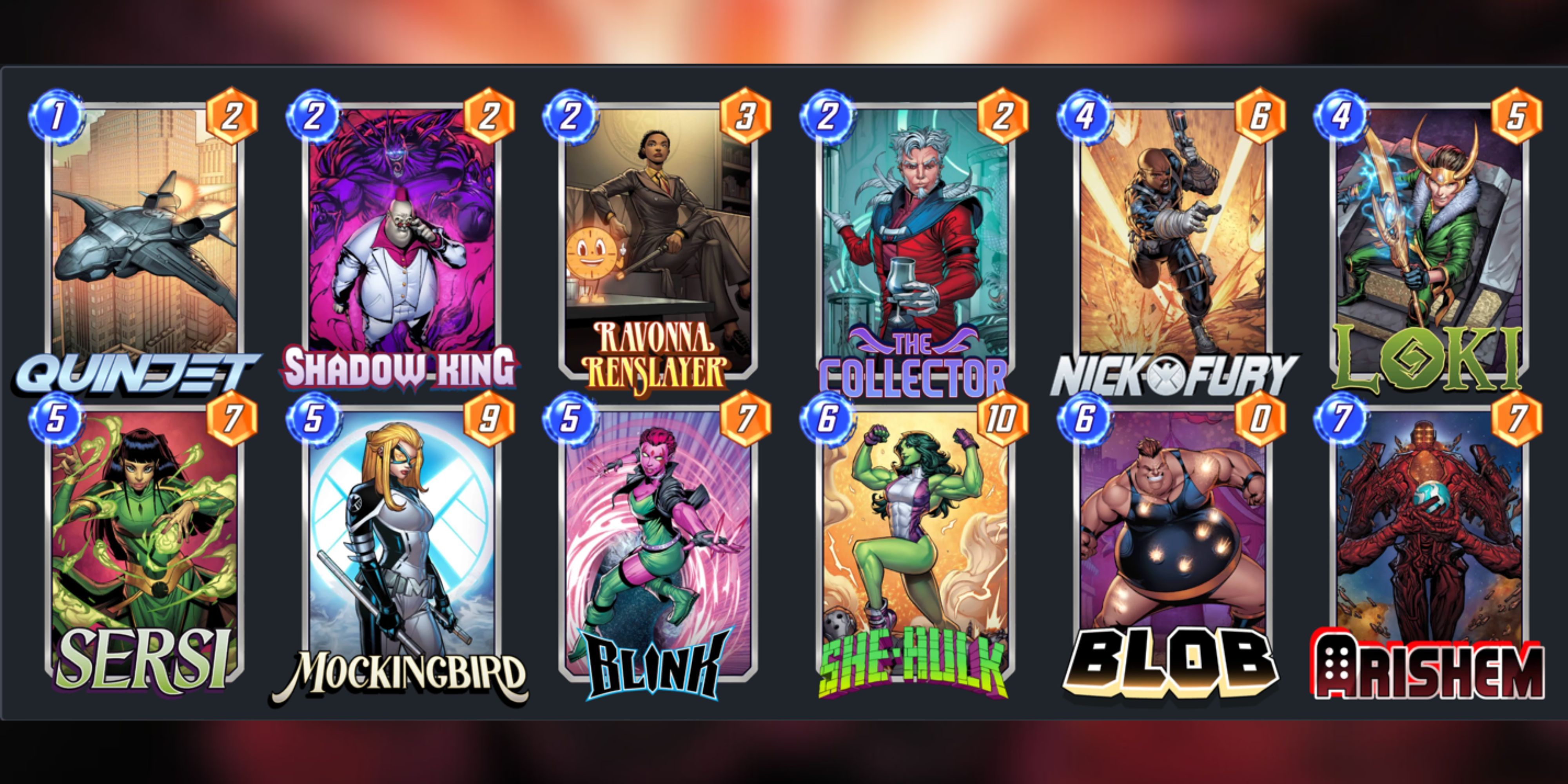Okay, so I kept hearing about these ‘Arishem decks’ floating around. Seemed like everyone was either trying them or talking about trying them. Curiosity got the better of me, you know how it is. Figured I’d dive in and see what the fuss was all about.

Getting Started – What a Mess
First off, actually getting my hands on Arishem wasn’t exactly a walk in the park. Took a bit of grinding, maybe some luck. Once I had the card, I thought, ‘Right, let’s build this killer deck.’ I looked around, saw a few popular lists people were sharing. Copied one down, felt pretty good about it.
Boy, was I wrong.
My first few matches were just painful. Utterly crushed. The deck felt clunky, slow. Like trying to drive a truck through rush hour traffic. The combos people talked about? Never seemed to line up for me. Either I didn’t draw the right cards, or the opponent just blew up my plans before Arishem could even think about hitting the board.
Tinkering and Tweaking – The Real Grind
So, back to the drawing board. This is where the real work started. That initial list? Threw most of it out. Started swapping cards in and out, trying to figure out what actually supported Arishem, not just what looked good on paper.
- Tried adding more ramp cards to get Arishem out faster. Sometimes worked, sometimes left me vulnerable early on.
- Tried adding more control elements, stuff to stall the opponent. Made the deck even slower sometimes. Felt like I was just delaying the inevitable loss.
- Swapped out some tech cards based on what I was losing to most often. That helped a bit, but it felt like plugging holes in a leaky boat.
It was frustrating, honestly. Spent a good few evenings just tweaking, playing a few games, losing, tweaking again. You start questioning if the whole idea is just hype. Maybe Arishem isn’t that great? Or maybe I’m just bad?

Finding a Groove (Sort Of)
Eventually, after a lot of trial and error – mostly error, let’s be real – I landed on a version that felt… okay. Not amazing, not the god-tier deck everyone seemed to imply, but playable. It relied heavily on surviving the early game and having a very specific sequence of plays.
The key thing I learned? Arishem decks, at least the ones I could make work, weren’t about some super complex strategy. They were more about resource management and timing. You had to know exactly when to commit, when to hold back. And even then, a lot depended on luck of the draw and what the opponent was doing.
Managed to pull off some satisfying wins where Arishem finally did his thing and dominated the board. Those moments felt good, vindicated some of the effort. But they weren’t consistent. For every big win, there were still plenty of games where the deck just fizzled out.
Final Thoughts
So, my experience with Arishem decks? It was a journey. Definitely not a plug-and-play solution like some might suggest. It took effort, experimentation, and a fair bit of frustration. Is it the best thing out there? Probably not, at least not for me. It felt very situational. But going through the process of taking the core idea, breaking it down, and rebuilding it into something that worked for me was the valuable part. It’s like any project, really. You start with an idea, you struggle, you adapt, and you end up with something that’s yours, warts and all.













